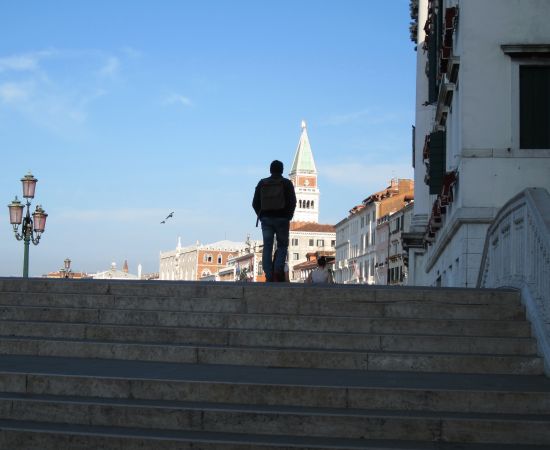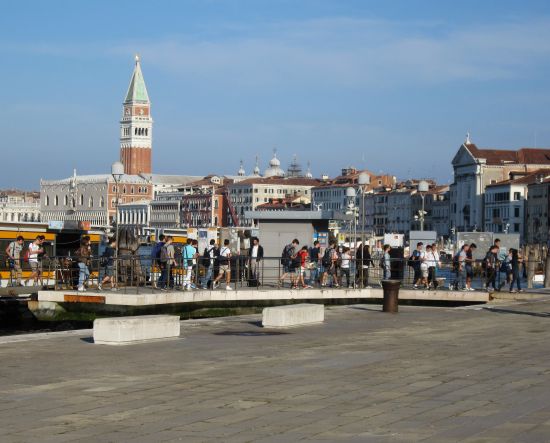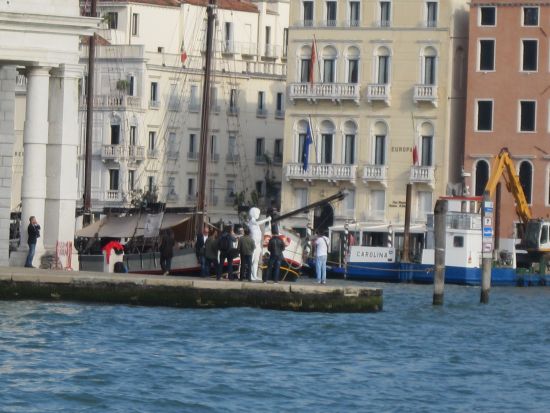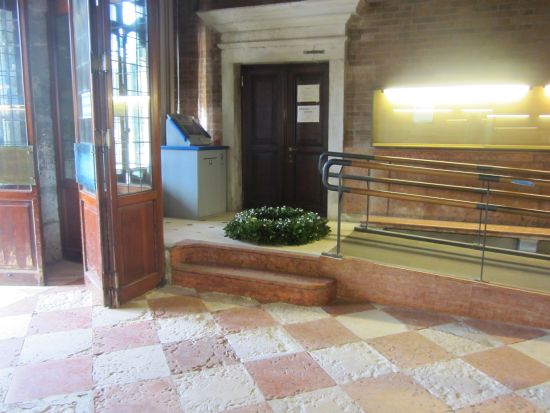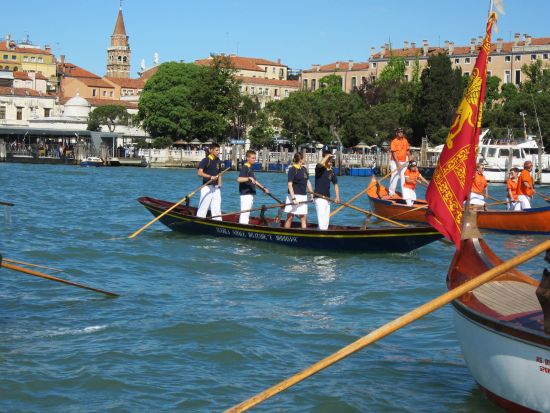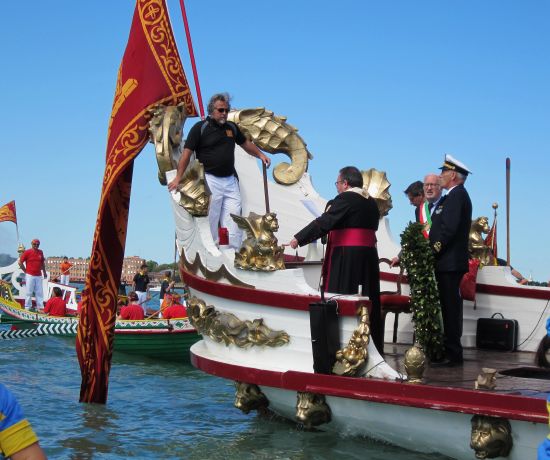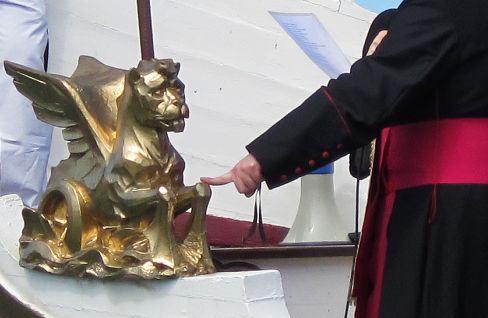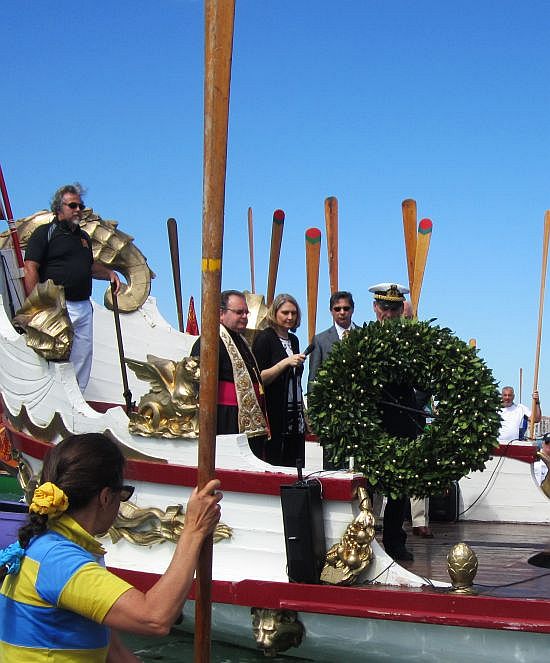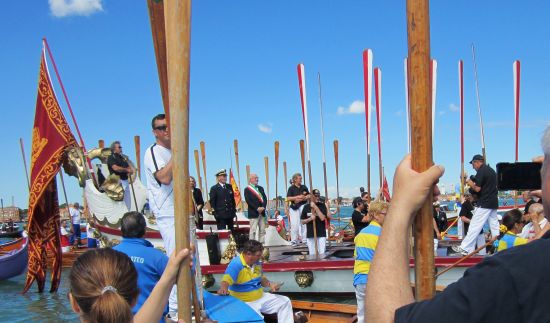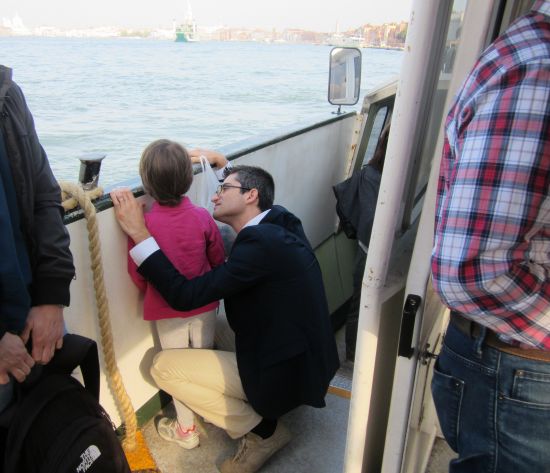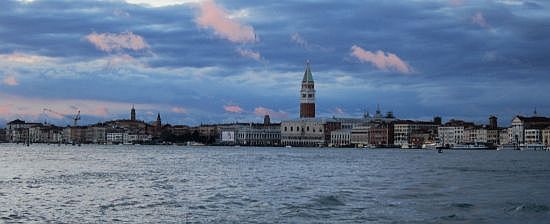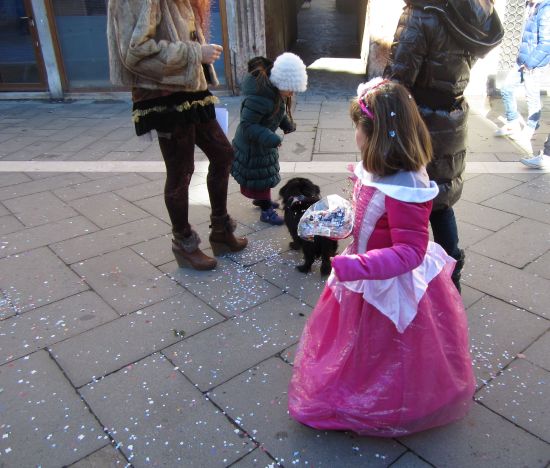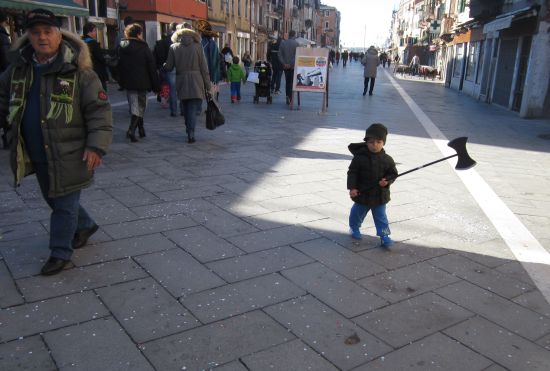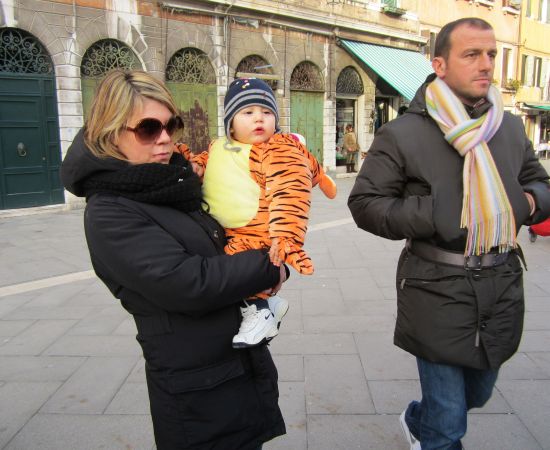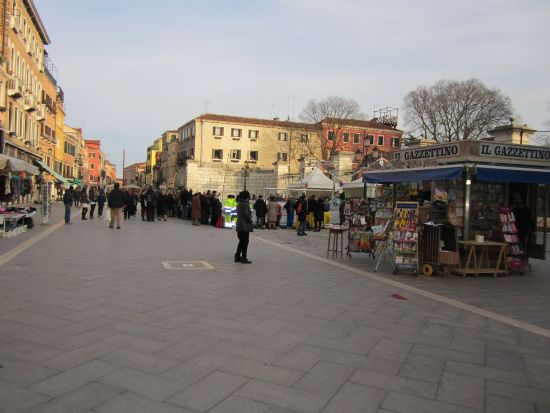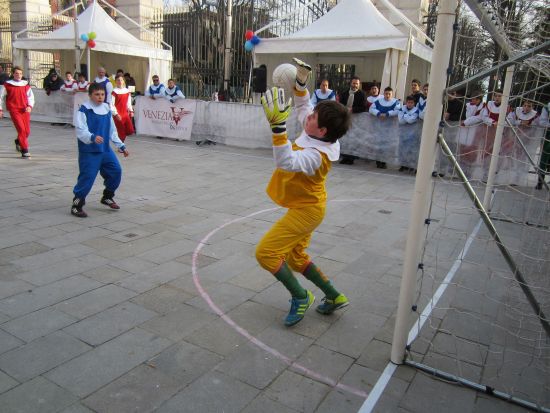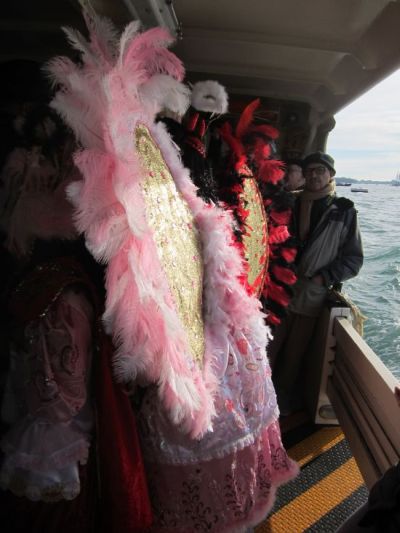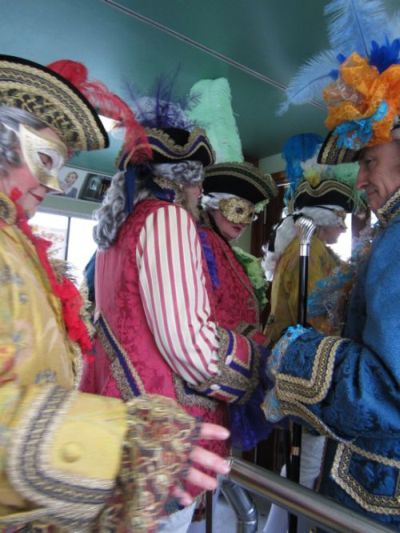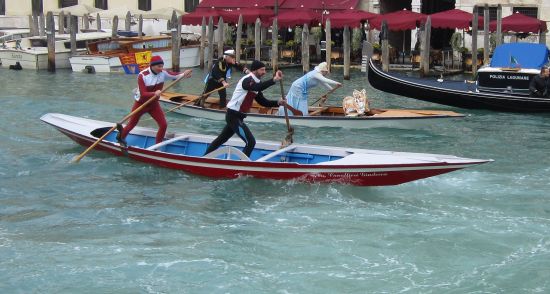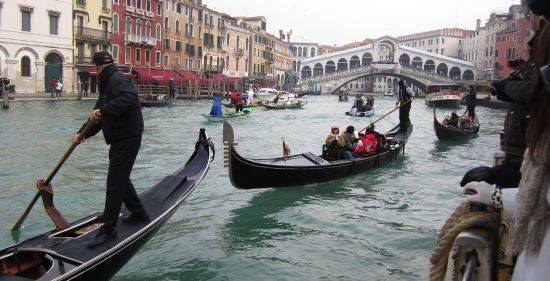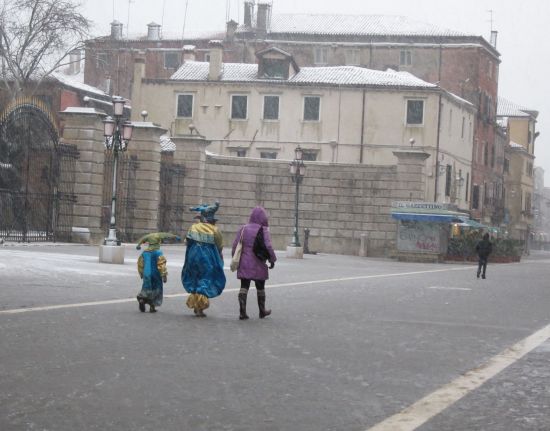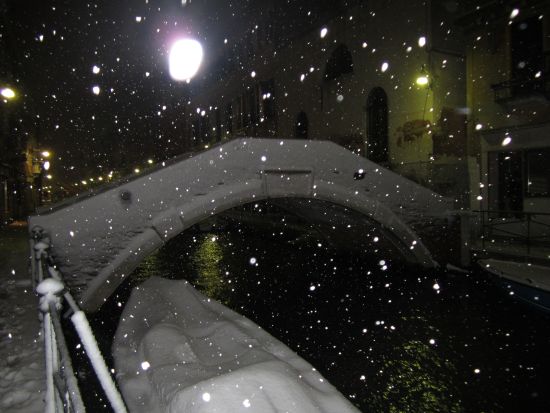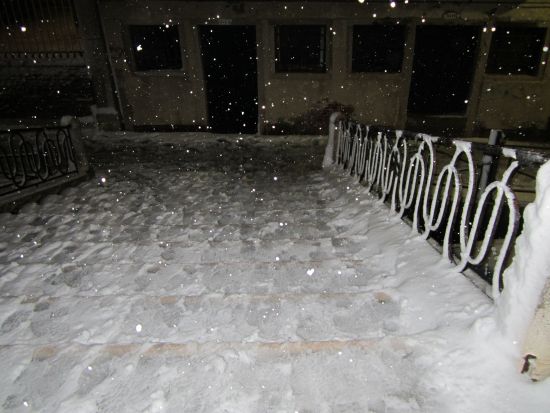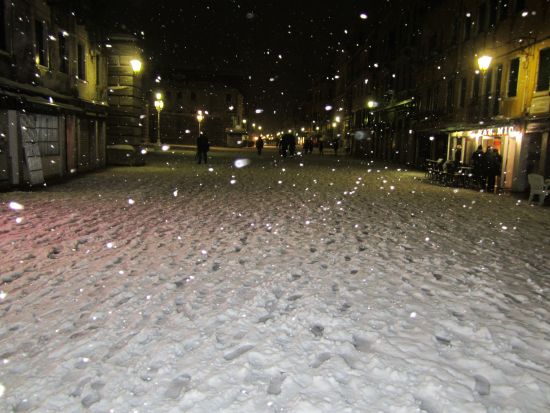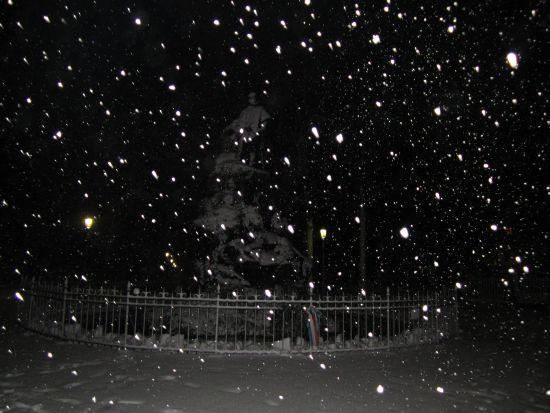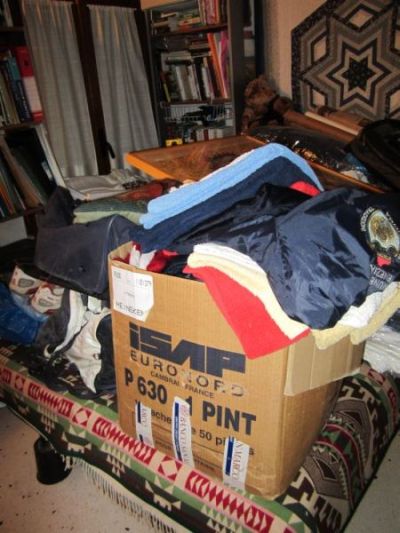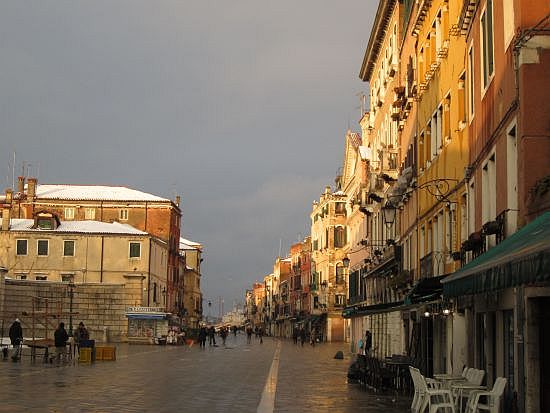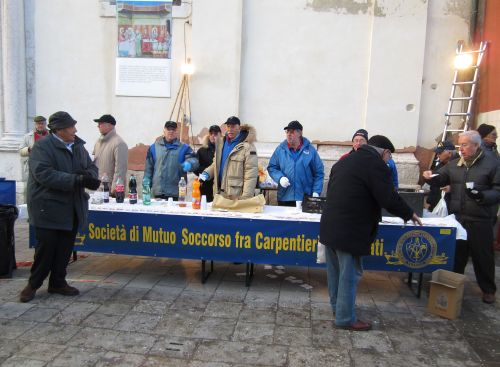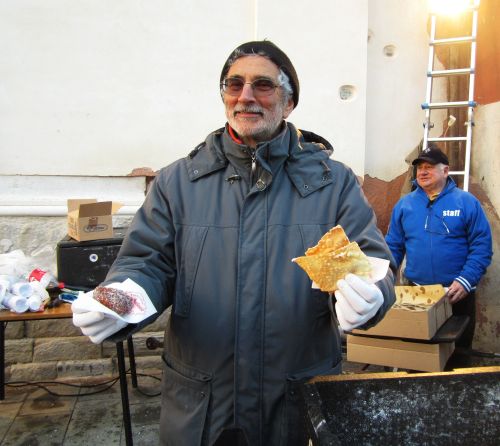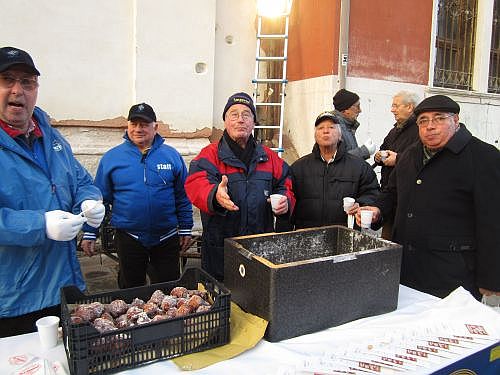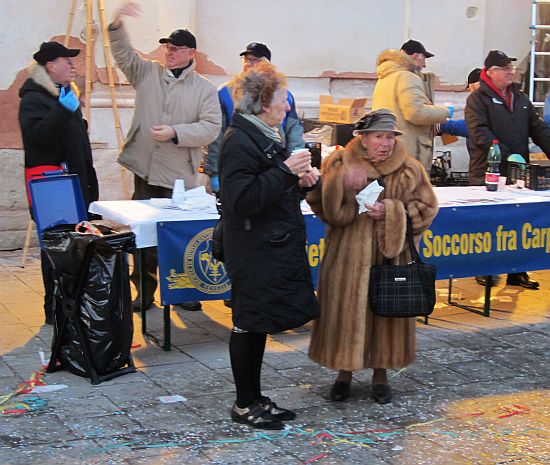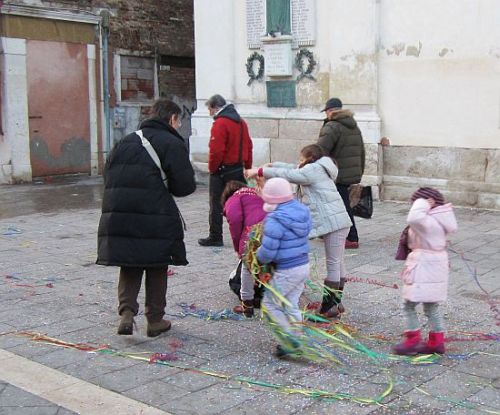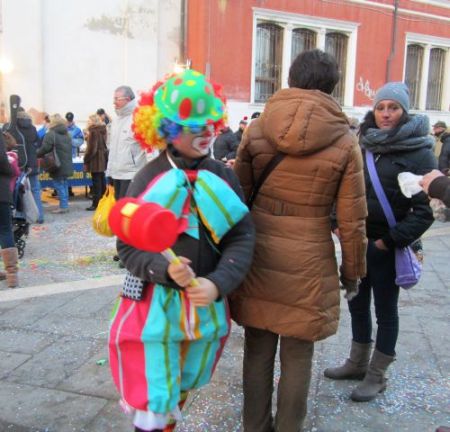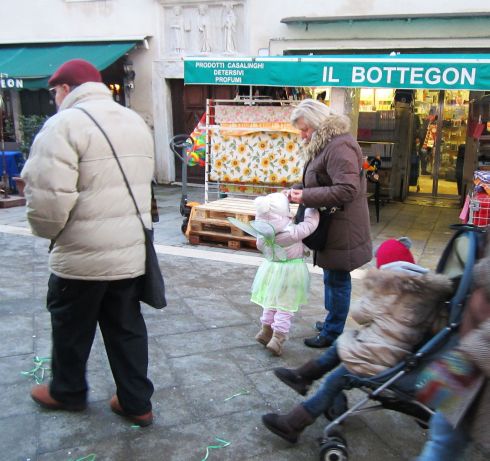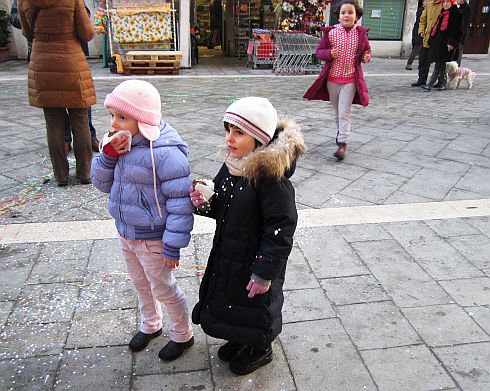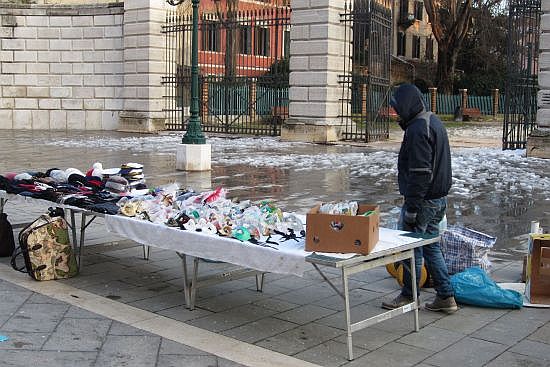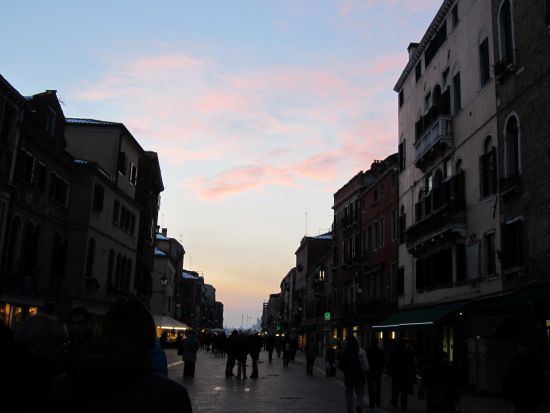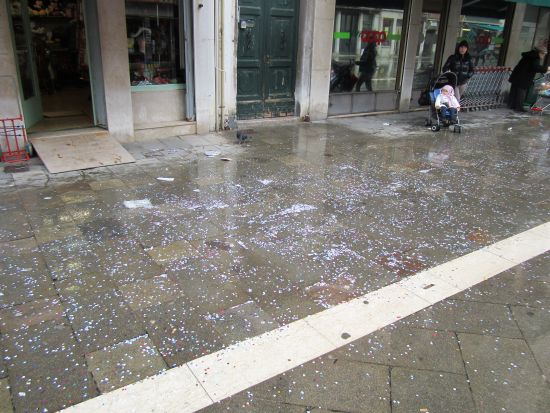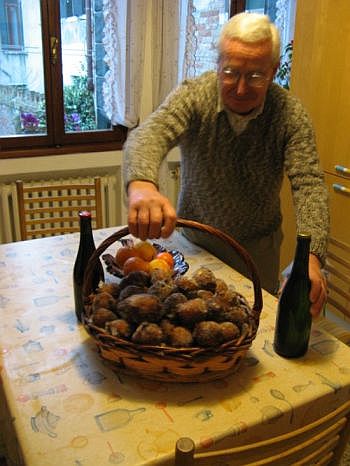
I am now re-establishing radio contact with the rest of the world. The recent crackling silence was completely predictable, at least to me. May is a great month if you’re a plant, but if you’re me, it’s an Olympic biathlon involving two of the city’s three biggest boating events: the corteo for the Festa de la Sensa, on Ascension Day (May 12 this year), and the Vogalonga (May 19).
Once again, I dedicated two weeks to working in the registration office for the Vogalonga. Sound simple? The first week, yes. The second week, right up to 6:00 PM the day before the event, was a crescendo of desperation — not on my part, but those who came, as one hollow-eyed supplicant put it, “A thousand kilometers over the Alps with our boats,” thinking they could sign up at the last minute and discovering that all the 1,700 bibs, one per boat, had already been booked.
I heard stories about people needing a number for their dying best friend. I didn’t hear any pleas based on expiring grandmothers or promises to small children, but the accumulated emotional tension began to take a toll on me. It wasn’t just the exclamations of doomed desire that were so tiring (“But why?” “But why?” “I have the money right here” “Can’t you find just one number for me?” “But I didn’t know” “I didn’t read the website” “I don’t have internet” “We’ve come all this way” “”Noooooooooooo, it can’t be truuuuuuuue”), it was my irritation at situations which could easily have been prevented if even one of their group had had a functioning medulla oblongata. Or whatever part of the brain governs logic and rationality. If there is such a part.
While everybody who already had their numbers were working themselves into a froth over the unpleasant weather forecast, I and my colleagues were struggling to resolve many silly and time-consuming and avoidable problems. Reservations made but not paid for; payments that didn’t correspond to the booking; adding people to boats; subtracting people from boats; doing long division of people from boats: the single reservation for 20 rowers who were assumed by us to all occupy the same boat, but which it turned out were each rowing by themselves, hence requiring 19 more numbers. That was fun. “You need 19 numbers? Sure, I’ll just make them right here for you, like Subway sandwiches. You want pickles?”
Compared to all that, rowing the event is almost always easier, and more enjoyable, and more, well, rational.
You might have heard that it rained; you might have heard that the rain was something epic! That some boats capsized! Frankly, it was all much better than I’d feared. The rain came down in hurled handfuls of big hard round drops, then shifted, like a shower-head, to fine, thin and steady, then heavy and steady, then lots of little drizzly drops, then another downpour, then a pause, then another downpour. After Mazzorbo, the sun came out and we all dried off. As for overturned boats, if you ride a horse, what can happen to you? You fall off. If you’re in a boat, what can happen? You fall in. Lino’s fallen in countless times. I’ve fallen in, in January, no less. Get a grip, people.
That said, however, falling in isn’t equal for everyone. We heard later from a friend who had been rowing in a big Venetian boat that at Mazzorbo a rower in a single kayak decided to cross their bow at the last moment, got dinged, and over he went. But he couldn’t manage to come up because he had lashed all sorts of accoutrements, luggage, supplies, and even himself, to his kayak, which meant he couldn’t manage to right it and he couldn’t get out of it either. Think about it. Think medulla oblongata. Happily, the Venetian rowers managed to haul him back over and up into the air, but it was a very close call.
They also saw another boat capsize (the reasons for this aren’t clear — we weren’t in a hurricane) — it was a kayak again, this time for two rowers which, as our friend explained, also contained two very small children, one of whom was about three months old. The only glimmer of intelligence in that scenario was that the presumed parents had fitted their kids with lifejackets. People like this shouldn’t be allowed out of the house, much less into a boat.
There was the by-now traditional logjam in the Canale di Cannaregio, caused by the by-now traditionally inept, vision-impaired, brain-dead coxswains on the long rowing shells who seem not to understand that their boat needs to keep going straight forward and that their job is to see that it gets done. Big long boats slewing around slaunchwise and getting stuck are like big expensive beaver dams forcing all the arriving boats to jam up. It’s not just that they create problems — they don’t know what to do to fix them. As we see in the video by a certain Bas Schols; here’s the link for those who don’t see the clip: http://www.youtube.com/watch?v=qRyEnCKno3o .
A close second for the prize for Best Way to Create Problems goes to the people who just stop rowing and sit there in their boat, usually in narrowish spaces or at blind corners. You can hardly ever discover a reason for this. Of course they’re tired; we’re all tired. But when they’re driving in the center lane of the highway back home, do they just stop when they feel like it and sit there? I feel doubtful.
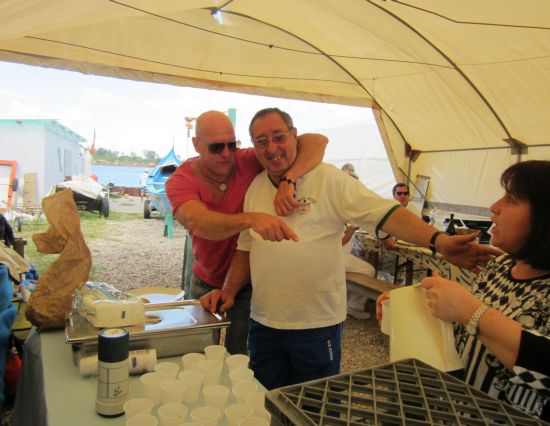
The Sunday before all this, May 12, was the Festa de la Sensa, and we participated in the commemoration of the “Wedding of the Sea.” We row out toward the Lido, following the big fancy ceremonial boat called the “Serenissima,” past the Morosini Naval School where the cadets are lined up along the embankment, as sharp as creases in starched organdy, shouting “Urrah!” when commanded to do so by the bosun’s whistle. That is absolutely the coolest thing about the entire event, though of course tossing the wreath into the water to commemorate the dead sailors is important too. And a ring-like object with ribbons tied onto it also gets blessed and tossed. Another chance to be crushed together in a boat-scrum, but at least here we all know each other and actually know how to move our boats around. That’s it for boats.
The rest of the month is a rapid unraveling of assorted appointments and events. For example, I sat most of the afternoon waiting for the long-expected boiler repairman to come replace the replacement washer from a few weeks ago. He was supposed to come in the morning, but only by calling up did we learn that he’d been moved to the afternoon. Dazzling efficiency! We could be in Sweden! Wait — it’s gets better. He phoned at 3:30 to say he couldn’t come because they hadn’t given him the part he needed to install. They thought they had, police said. (I am adhering to the practice recommended by the old city editor to the cub reporter, my former boss, who told him, “You can write anything you want to, as long as you add ‘comma police said.””)
At 6:00 it was off to the Generali Insurance Company’s boathouse for the presentation of the restored 8-oar gondolone. We needed to swell the ranks, it seemed, so we were there. We try to be good sports on land as well as sea. I was hoping they’d have cookies, but they got in a caterer and had hors d’oeuvres and asparagus risotto. I like being wrong like that.
Tomorrow afternoon Lino will be at Malamocco for hours, as one of the judges overseeing the eliminations for the next official rowing race (Sant’ Erasmo, June 2). That evening, dinner at the Non-Commissioned Naval Officers Club, a cholesterol-laden thank-you from a group of young French students because not only did we pick up the dropped/lost wallet of one of their members (containing 70 euros and also an address) but thanks to Skype and the fact that little Pauline’s father was home when I called, we managed to return it to her the next day. And a big shout-out to Mrs. Rideout and Mrs. Gordon, whose draconian French courses in high school are still paying off, if only in fractured form.
Friday evening, the annual corteo to transport the statue of Our Lady of Succor (“Maria Ausiliatrice”) from the church of San Pietro di Castello to the church of San Giuseppe. This year we’re going to be carrying as many people as we can, hoping to transfer into Venetian boats many of those who usually follow us on foot along the fondamente.
Saturday, a batch of us are off to Burano to collect four of our tornado-devastated boats from the boatyard where they have been repaired. We’re either towing or rowing them back; it doesn’t seem clear yet which one. I’m for rowing, myself, not that anyone consults me. The forecast isn’t too pretty.
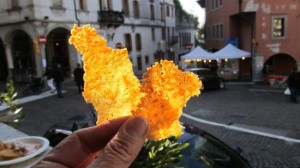
Sunday, we’re going with a big group in a bus to Trieste to the annual reunion of the veterans of the Automobile Corps. Lino did his compulsory 18-month military service in Rome with this arm of the armed forces, repairing and maintaining Jeeps, trucks, and assorted ministerial vehicles. He recently joined the nearest chapter of the motorized veterans, and the big outing sounds like it’s going to be fun, except for the promised thunderstorms and drenching rain.
We’ll get to march around the Piazza dell’Unita’ d’Italia for a while, then go off to some countryside establishment to gorge on Friulian specialties (think San Daniele prosciutto and frico, or fried cheese) — possibly the true purpose of the expedition. Then to visit some famous nearby monastery blanketed by rose gardens. We’ll have to get up before 5:00 to get the train to Treviso, the starting point, but I’d walk to Treviso for a shot at a plate of frico.
Next week’s calendar is ominously empty. I say “ominous,” because you know how Nature feels about a vacuum.
